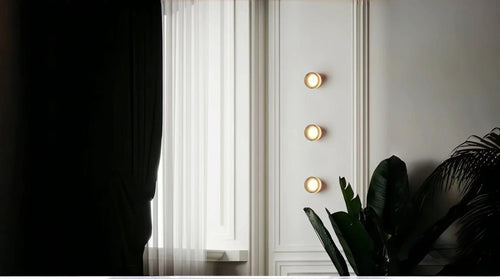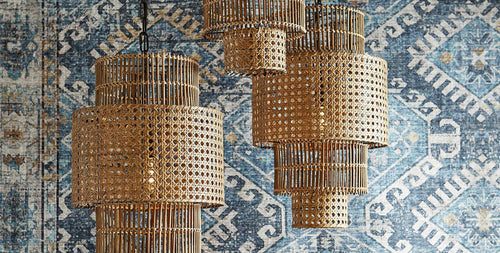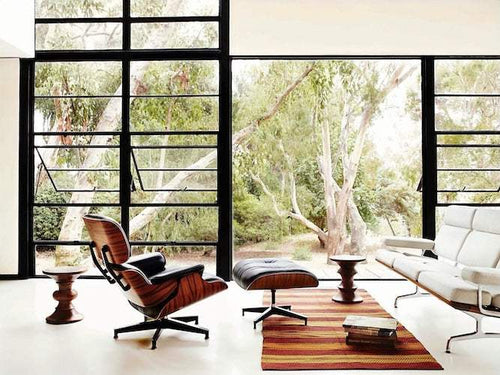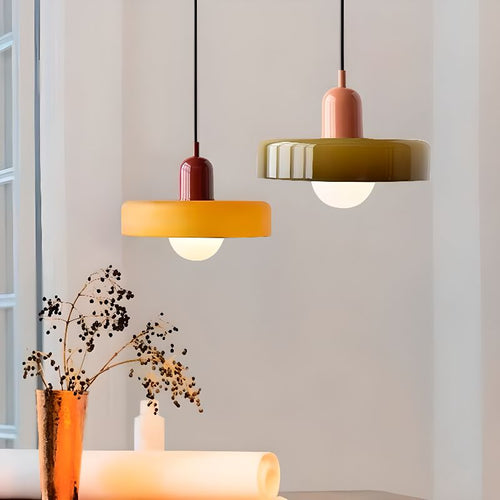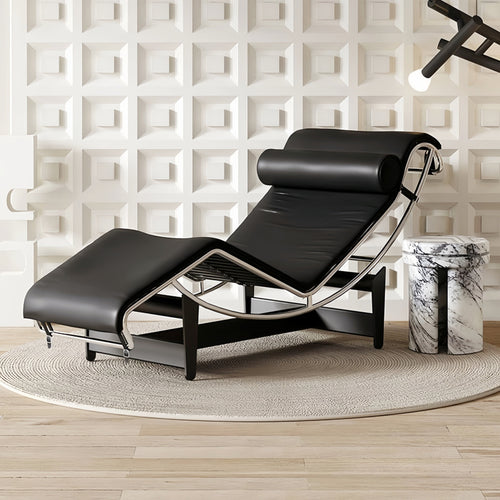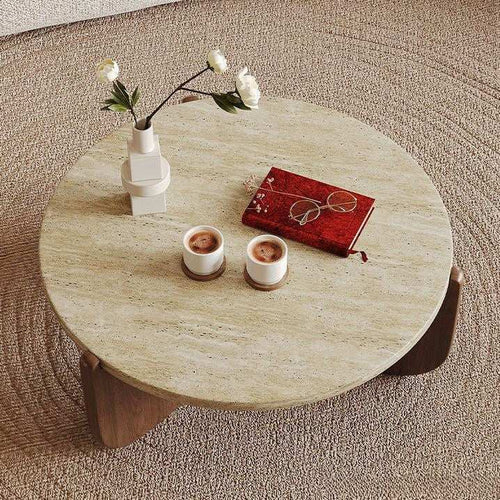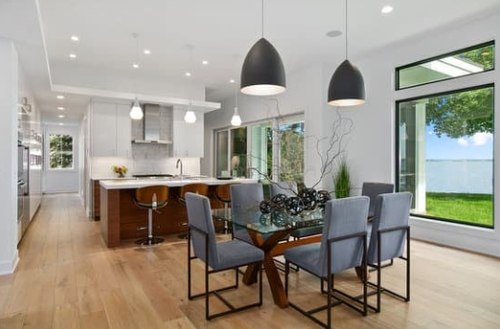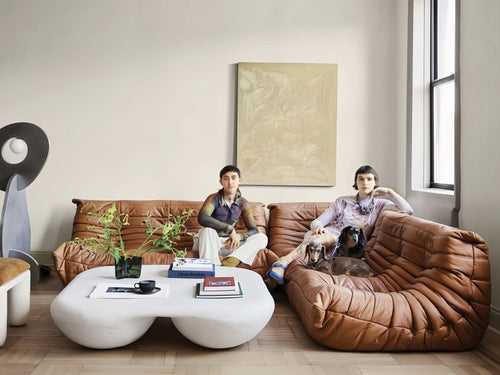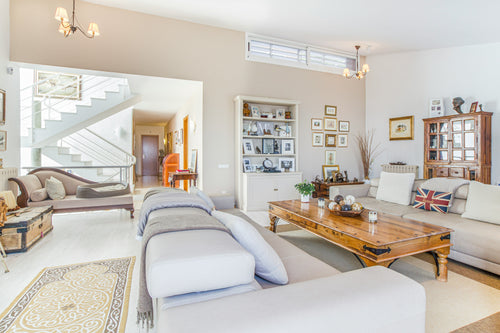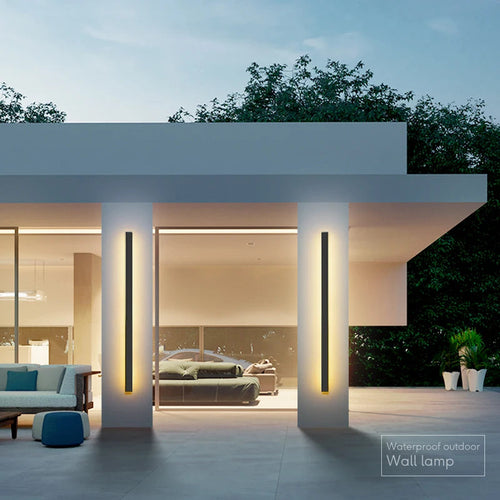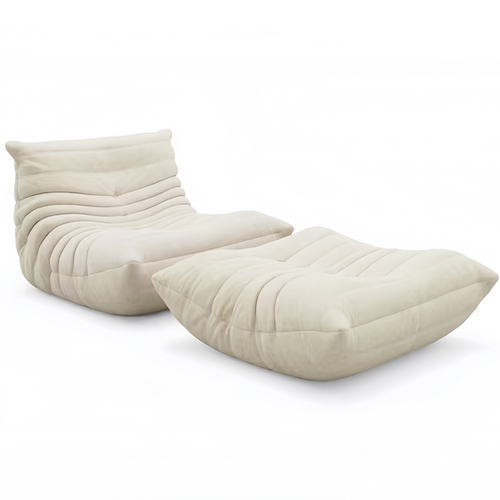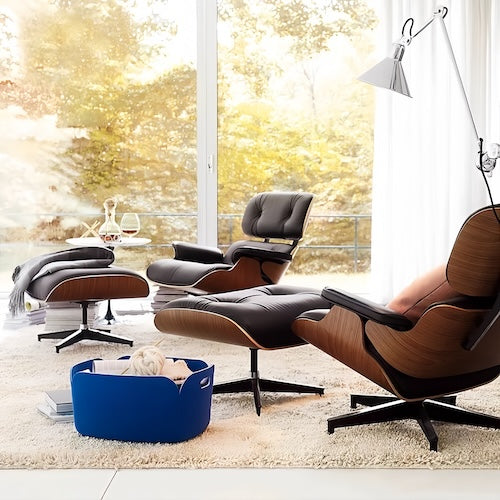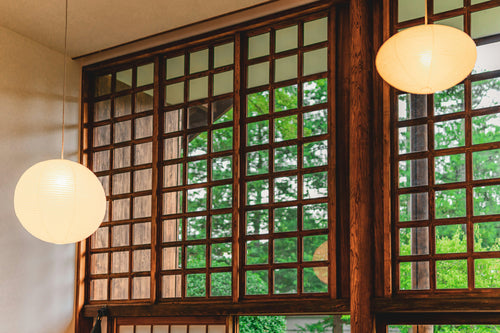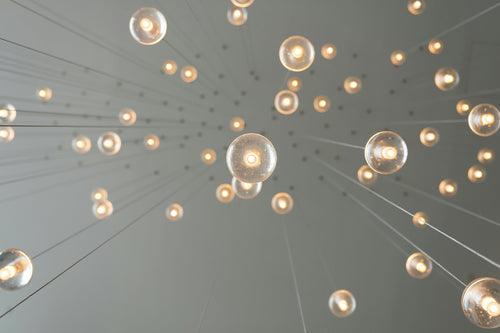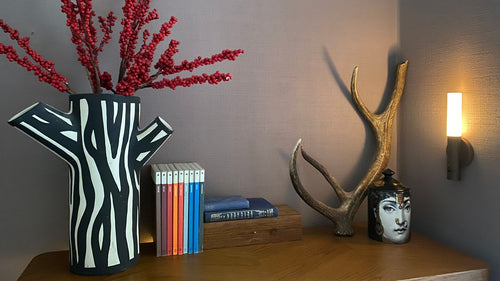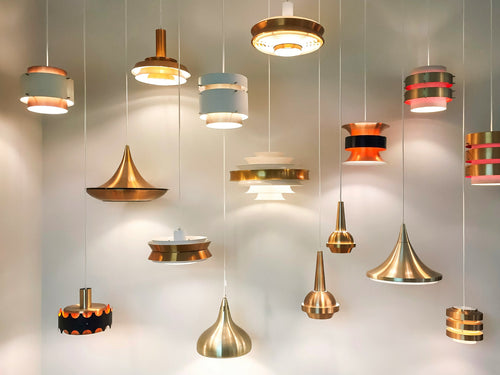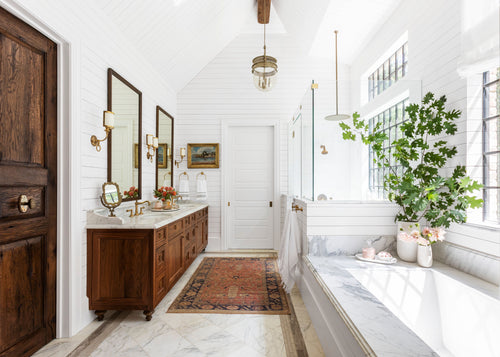Hey friends, have you ever had that annoying eye pain from those bright lights while you were working or studying at night? So, when you woke up in the morning, did you feel all groggy because of the low lights? Actually, a lot of the tiredness and discomfort we feel might just be coming from that plain old ceiling lights in our house.

When it comes to myopia, a lot of folks immediately point fingers at things like TVs and smartphones, thinking they're the main culprits hurting our eyes. But they often overlook the sneaky factor that can also contribute to myopia – ambient light. My friend used to think that if the light was bright enough, there was no need to get an eye protection lamp. After I convinced him, he did some homework and discovered that the eye protection lamp can help prevent myopia. It mainly works by cutting down the damage from blue light to corneal cells and adding some red light nutrition, which helps slow down the growth of the eye axis.
There are just so many styles of eye protection lamps out there, and it’s super easy to get overwhelmed if you’re not paying attention. Hey, no stress! I'm here today, so everyone can just grab the homework~ This article will break down the main points for buying ceiling lamps and guide you through picking out ones that really protect your eyes and give you the best bang for your buck.
1. Why choose a light for the ceiling? What benefits may a ceiling light offer?
Although there are many different kinds of lighting products available today, ceiling lamps have always been a favourite among all consumers. This is due to the fact that they have a wide range of applications, are highly safe and eco-friendly, and have a lifespan of up to 20 years.
Why choose ceiling lighting, then? What benefits do ceiling lighting offer?
1. basic and lovely: Ceiling lights have a large and basic look design that is very aesthetically pleasing and can be successfully incorporated into a variety of home decor types.
2. Uniform light: Ceiling lamp designs often provide for uniform lighting, eliminating glaring dark or bright spots and giving the room a more organic appearance.
3. Easy to clean and maintain: Most ceiling lamp shades and lamp holders are integrated designs that are easy to disassemble and reassemble and are quite easy to clean and maintain.
4. Versatile usage: Ceiling lights may be utilised to provide a variety of lighting requirements in a variety of settings, including living rooms, bedrooms, study areas, etc.
5. Energy conservation and environmental protection: As energy conservation and environmental protection ideas have gained popularity, many ceiling lights now make use of energy-efficient light sources and accessories, which may successfully lower energy use and pollution levels in the environment.
6. Reasonably priced: Ceiling lights are less expensive and more economical than other high-end lighting options like chandeliers and crystal lamps.
In summary, despite their seemingly simple design, ceiling lighting are quite powerful. You may essentially choose a ceiling lamp if you're not very knowledgeable about lighting and are having trouble deciding which one to use.
2. An very thorough guide on purchasing ceiling lights
1. How do you determine between standard LED lights and full-spectrum ceiling lights?
Ordinary LED lamps and full-spectrum ceiling lamps are common illumination products available in the market; however, their performance and functionality differ significantly.
Ordinary LED lamps are illumination products that utilise LEDs as a light source, whereas full-spectrum lamps can produce a spectrum that is comparable to that of sunlight.
Simulating the light source of sunlight is the fundamental principle of full spectrum. Consequently, it possesses a complete spectrum coefficient of sunlight and a high colour reproduction index. It can also alter the spectrum to resemble natural light, retain beneficial blue light, reduce hazardous blue light, and create a comfortable light environment for the eyes.
Consequently, I would like to underscore that full spectrum is not a so-called IQ levy, but rather a critical metric that influences daily illumination.
The following explains the difference between regular LED lights and full-spectrum ceiling lights:
Blue light level: Full-spectrum ceiling lights have a lower blue light level than regular ceiling lights and may even reach RG0 exemption level blue light protection, which is not possible with regular ceiling lights. Perhaps some individuals are unaware of the meaning of this? In other words, reduced blue light may lessen the harm that light does to the eyes. It is crucial because it may successfully prevent myopia in families with children living at home.
Colour rendering index: A light source's colour rendering is quantitatively assessed by the colour rendering index, or Ra.
A full-spectrum ceiling lamp has a spectrum that is similar to that of sunshine and a very high colour rendering index—typically over 97. However, the majority of common LED bulbs can only reach 80 because of the subpar light source. A full-spectrum ceiling light, on the other hand, has a high colour rendering index, which significantly lessens eye strain and improves the presentation of object colour.
Spectrum complementation: Standard ceiling lights provide medium spectrum continuity in addition to a strong blue light value. Many times, the eyes will feel really fatigued if there is not enough red and green light. After spending a significant amount of time in this setting, the likelihood of developing myopia will significantly rise; hence, it is of the utmost importance to choose a ceiling lamp that emits a wide spectrum of light.
It is advised that a full-spectrum ceiling lamp be selected in the event that there are youngsters present in the house or if there are requirements for reading and learning. This kind of lamp has the ability to provide a more pleasant light environment for the eyes.
2. Source of light
The lamp bead chip is the most important component that affects the entire performance of the ceiling lamp, and the quality of the light source is the primary determinant. It is possible to argue that the quality of the lamp bead chip directly influences the quality of the light source, meaning that the chip's quality both directly and indirectly dictates the lamp bead's quality.
Another crucial light source indication is luminous flux. Lumens, or lm, are the unit of measurement for luminous flux, which is the quantity of light that flows across a given area in a given length of time. The room is brighter when the light source is more adequate.
Consequently, it is advised to choose a ceiling lamp with a luminous flux more than 4000lm in order to benefit from superior illumination.
3. Safeguarding ocular health
The detrimental effects of light on the eyes can be primarily categorised into four dimensions: blue light, strobe effects, glare, and the colour rendering index.
- Blue illumination
The four degrees of blue light danger are often classified as follows: RG0 (exempt level), RG1 (low risk), RG2 (medium risk), and RG (high risk).
Reaching the RG0 level is the best sign of eye protection lamps, therefore when buying lamps, you may ask the seller for a spectrum chart or check the one in the lamp introduction to make sure the blue light peak is low.
Blue light risk: Prolonged exposure to blue light might harm the eyes. Children's eyes may also be negatively impacted by blue light. One of the key justifications for advising families with children to purchase full-spectrum lights is the claim that more than 15% of blue light may harm eyesight.
- Stroboscopic
The theory behind stroboscopic: To put it simply, stroboscopic refers to the fast flashing induced by voltage variations when the light is operational.
The dangers of stroboscopic: The dangers of stroboscopic to human eyes cannot be underestimated. Long-term exposure to stroboscopic light sources causes migraines, eye tiredness, and impaired eyesight, as well as difficulty concentrating in youngsters.
Detection method: You may use your cell phone to shoot a video of the LED light source and then assess its stroboscopic status.
- Glare
Irrational lighting placement may easily result in direct, intense light in the activity area, generating glare difficulties; particularly when track lights are utilised in wide portions of the house, the glare problem becomes more severe.
- Colour Rendering Index
Colour Rendering Index (CRI): The colour rendering index denotes the extent to which a light source accurately reproduces the real colours of an item. A greater number indicates that the projected colour more accurately represents the real colour, which is crucial for the human eye's colour recognition of the item.
The peak value of the colour rendering index is 100, indicating that the object's colour under this light source precisely matches its appearance under natural light. Ceiling lights with a colour rendering index of Ra > 95 are considered excellent and can more accurately reproduce the real colours of objects.

4. Temperature of colour
Colour temperature explanation: In general, colour temperature may be thought of as hue. Pure white or cold white are examples of cool-toned light having a greater colour temperature, while warm-toned light has a lower colour temperature.
Colour temperature selection: For everyday tasks, light sources with varying colour temperatures—such as 3000K, 4000K, and 5000K—are often set to a colour temperature of 4000K.
You may choose a low colour temperature below 3000K before you relax or go to sleep, or you can pick a colour temperature of 5000K or greater for studying, working, or reading. This warm golden light contributes to a calming atmosphere.

5. Method of Intelligent Control
Stepless modification
A smoother light transition effect may be achieved by using the APP to steplessly alter the colour temperature and brightness of some ceiling bulbs. To accommodate the various lighting requirements of family members, the colour temperature and brightness may be changed as needed.
Optional built-in multi-scene mode
At least three scene lighting modes are included into the ceiling lamp. With a single click, users can choose the best lighting setting for their needs without having to make adjustments repeatedly, which is more convenient and worry-free.
6. Material for lampshades
Everyone should have a broad grasp of ceiling lighting after reading this essay, in my opinion. We've outlined the main ideas in this essay to help you remember it better:
1. Make an effort to choose ceiling lights that are not too high or obscure dust.
2. Select full-spectrum lights; they are more pleasant and healthful since the light is closest to sunshine.
3. Invest in a surround side light; it provides more consistent and gentler lighting.







